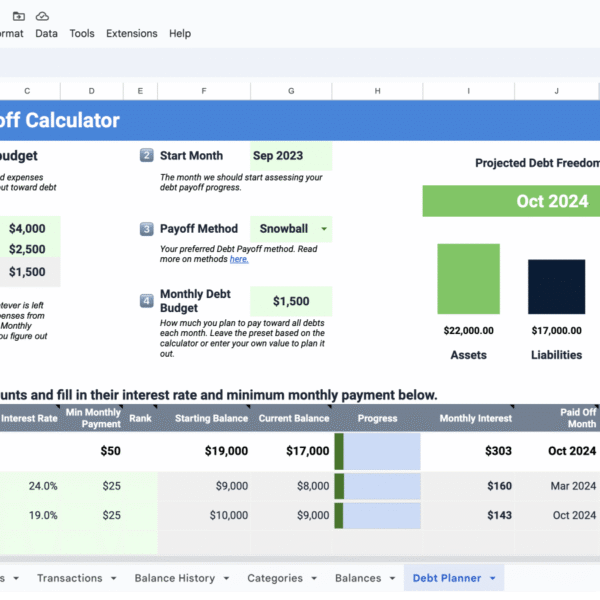Manage Student Debt in Your 50s with Confidence
Thrive Debt-Free in Your 50s
If you’re between 45 and 60 and still grappling with student loan debt, you’re not

As of 2023, about 7.1 million Americans over 50 carry an average student loan balance of $43,200, according to the Federal Reserve. This debt, whether from your own education or your children’s, can feel like a heavy burden at a time when you’re juggling other financial priorities. Let’s explore the unique challenges you face and practical steps to regain control.
Financial Strain: The Sandwich Generation Squeeze
At this stage of life, you might be caught in the “sandwich generation,” balancing student loan payments with mortgages, retirement savings, or supporting aging parents and children. Data from 2023 shows that borrowers over 40 hold about 40% of the $1.77 trillion in U.S. student loan debt, with those in their 50s often carrying balances exceeding $20,000. These payments eat into disposable income, making it harder to save for retirement or handle unexpected expenses like medical costs. Did you know? Student loan payments can delay contributions to 401(k)s or IRAs, putting your long-term financial security at risk.
Limited Income Growth and Career Challenges
Unlike younger borrowers, you may face stagnant or declining earning potential due to career plateaus or age-related job market challenges. A 2022 AARP report highlighted that older workers often experience longer periods of unemployment and age discrimination, which can make loan payments feel even more daunting. For those who took out loans later in life—for career changes or graduate degrees—the return on investment may be lower due to fewer working years left.
Debt Beyond Your Own Education
Many in this age group carry debt not just for themselves but for their children. Parent PLUS loans, with interest rates around 8.5% in 2024 and limited forgiveness options, are a growing burden. Over 3.7 million borrowers hold these loans, with older borrowers disproportionately affected. Co-signing private loans for kids also carries risks—if they miss payments, your credit takes the hit.
Credit and Financial Flexibility Under Pressure
Ongoing student loan payments can increase your debt-to-income ratio, limiting access to other forms of credit like home equity loans or refinancing options, according to a 2024 Experian report. Worse, the Consumer Financial Protection Bureau noted in 2022 that borrowers over 50 are more likely to default on student loans than younger cohorts, often due to fixed incomes or unexpected costs. Default can damage your credit and restrict financial flexibility.
The Emotional Toll of Debt in Midlife
Carrying student debt into your 50s can feel like a personal failure, especially when society
expects financial stability at this age. A 2023 survey by the National Endowment for Financial
Education found that 60% of older borrowers reported anxiety or depression tied to their debt.
The stress of navigating complex repayment plans or ineligible forgiveness programs only adds
to the burden.
Limited Relief Options and Social Security Risks
Many forgiveness programs, like Public Service Loan Forgiveness (PSLF) or income-driven
repayment (IDR) plans, are less accessible or practical for older borrowers. IDR plans may lead
to higher interest over time, and forgiveness after 20-25 years often comes too late to make a
difference. The 2023 SAVE plan offers some relief, but bureaucratic hurdles can make it hard to
access. Most alarmingly, defaulting on federal loans can lead to up to 15% of your Social
Security benefits being garnished—affecting over 70,000 older Americans in 2022, per the
Government Accountability Office.
Key Stat: Women in this age group often carry higher debt loads due to lower lifetime earnings and career interruptions, according to a 2023 AAUW study.
Steps to Take Control
Despite these challenges, there are actionable steps you can take:
● Explore Repayment Plans: Look into income-driven repayment plans like SAVE, which may lower monthly payments based on your income.
● Refinance Strategically: If you have strong credit, refinancing private loans at a lower interest rate could reduce your payments, but be cautious about losing federal loan protections.
● Seek Forgiveness Options: Check eligibility for programs like PSLF if you work in public service, and stay updated on policy changes.
● Consult a Financial Advisor: A professional can help prioritize debt repayment alongside retirement savings and other goals.
● Stay Informed: Economic shifts, like rising interest rates in 2024-2025, can impact your strategy. Keep up with loan servicer updates and government announcements.
Take Charge of Your Financial Future
Student loan debt doesn’t have to define your financial future. By understanding your options and taking proactive steps, you can reduce stress and build a path toward stability. Don’t let debt hold you back from the retirement or lifestyle you deserve.
